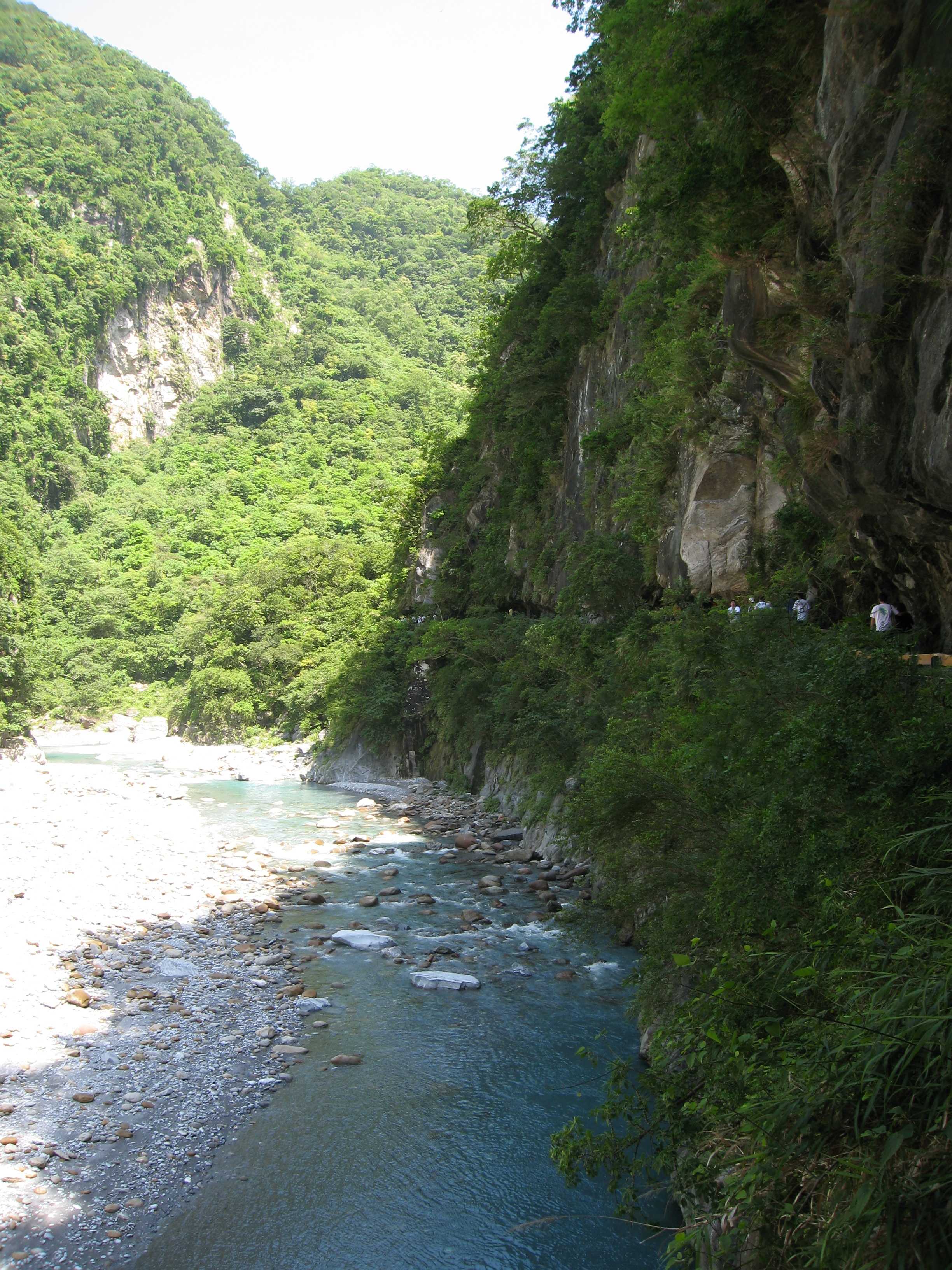Selected publications
Complete list of publications can be found at google scholar.
* Corresponding author
-
Dynamical quantum phase transitions in U(1) quantum link models.
Yi-Ping Huang* , Debasish Banerjee, and Markus Heyl, Phys. Rev. Lett. 122, 250401 ( 2019 )It has become evident that gauge theory not only describe fundamental forces but also is a natural language to explore entangled quantum matter.
In this work, we study the nonequilibrium evolution in lattice gauge theories through the lens of dynamical quantum phase transitions(DQPTs), which provide general principles for real-time dynamics in quantum many-body systems. DQPT is mostly studied in exactly solvable models or (1+1)d system. We explore the physics in gauge theories and in (2+1)d.
We study the \((1+1)d\) and \((2+1)d\) \(U(1)\) quantum link models and found that DQPT is accompanied by collapsing and revival of certain order parameters. The models have microscopic \(U(1)\) gauge structure by construction. Related physics can also appear in systems with emergent gauge structure description which is relevant to understand ultra-quantum matter. We look forward for the future realizations in synthetic quantum matter.- Theory of quantum kagome ice and vison zero modes
Yi-Ping Huang* and Michael Hermele, Phys. Rev. B 95, 075130 ( 2017 )One of the most important questions in studies of ultra-quantum matter is how to confirm its existence? Using the topological nature of the many-body wave function combined with its symmetry property induced by spin-orbit coupling and crystalline symmetries, we propose a new local signature that positively identify the topological nature of the state.
We propose to use a classical topological defect of the rotational symmetry to probe the topological quantum pattern of the wave function.
We derive an effective \(Z_2\) gauge theory to describe the quantum kagome ice (QKI) state that has been observed by Carrasquilla et. al. in Monte Carlo studies of the \(S=1/2\) kagome XYZ model in a Zeeman field. The numerical results on QKI are consistent with, but do not confirm or rule out, the hypothesis that it is a \(Z_2\) spin liquid. Our effective theory allows us to explore this hypothesis and make a striking prediction for future numerical studies, namely that symmetry-protected vison zero modes arise at lattice disclination defects, leading to a Curie defect term in the spin susceptibility, and a characteristic \((N_{dis}−1)\ln 2\) contribution to the entropy, where \(N_{dis}\) is the number of disclinations. Only the \(Z_2\) Ising symmetry is required to protect the vison zero modes. This is remarkable because a unitary \(Z_2\) symmetry cannot be responsible for symmetry-protected degeneracies of local degrees of freedom. We also discuss other signatures of symmetry fractionalization in the \(Z_2\) spin liquid, and phase transitions out of the \(Z_2\) spin liquid to nearby ordered phases.- Quantum Spin Ices and Topological Phases from Dipolar-Octupolar Doublets on the Pyrochlore Lattice
Yi-Ping Huang, Gang Chen, and Michael Hermele*, Phys. Rev. Lett. 112, 167203 ( 2014 )The study of different type of magnetic degree of freedom on frustrated pyrochlore lattice had a long history. At 2004, it is predicted that XXZ model on pyrochlore lattice will leads to exotic U(1) spin liquid( or later recognized as quantum spin ice(QSI)) phase. At that time, how to realize such model in nature is unclear. Recently, it is found that some f electron pyrochlore can be described by XXZ model with other terms allowed by space group symmetry, and provides a possible routes to realize the exotic QSI phase.
Because of the discovery of topological insulator, scientists starts to think about the possibilities of exotic phases created by large spin-orbit interaction. And lots of works on iridates shown it is more than just hunting for topological insulater.
In this work, we found, contrary to previous models, another type of doublets(DO doublets in our paper) can realize models that is not discussed before at both itinerent limit and localized limit. The different transformation properties of DO doublets under space group transformation highly constrains the possible tight-binding model and exchange model..
At itinerent limit, we construct the corresponding tight-binding model to fourth nearest-neighbor and found the possibility of strong topological insulator. At localized limit, the symmetry allowed exchange model is XYZ model. Studying this model by gMFT, we found two symmetry enriched topological order, dipolar QSI and octuoplar QSI, protected by space group symmetry.
- Quantum phase diagrams of fermionic dipolar gases in a planar array of one-dimensional tubes
Yi-Ping Huang and Daw-Wei Wang*, Phys. Rev. A 80, 053610 ( 2009 )Dipolar gasses are unstable under head-to-tail configuration. To stablize dipolar gasses, different geometric arrangements are proposed. Trapping dipolar gasses in 1D tubes is one possibility.
In this work, we generalize previous Luttinger liquid approach of two tubes into arbitrary number of tubes lying in the same plane with arbitrary dipole orientation. Further more, we are able to map out the complete phase diagram for different number of tubes under different dipole orientation. This work potentially can be realized in near future.
- Theory of quantum kagome ice and vison zero modes
